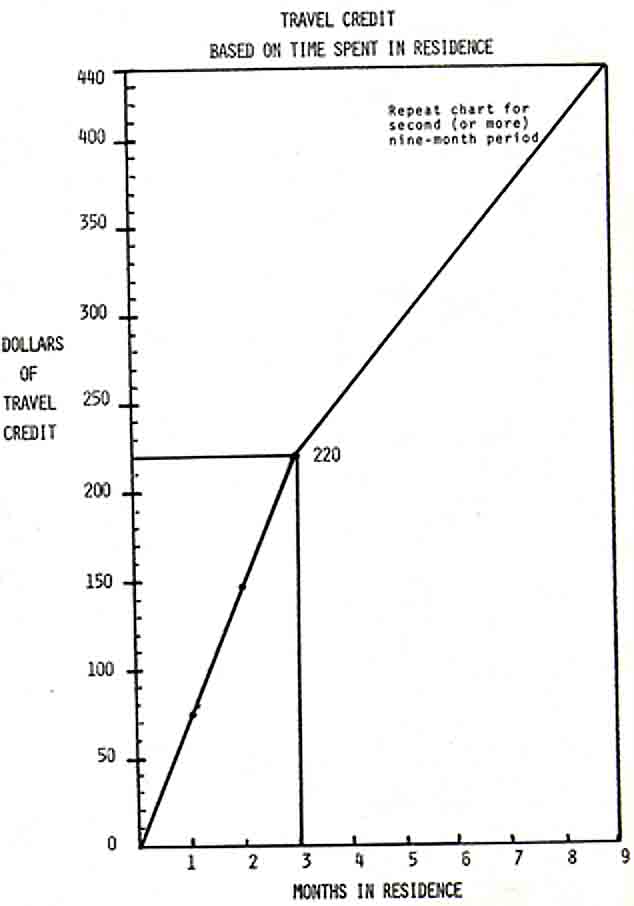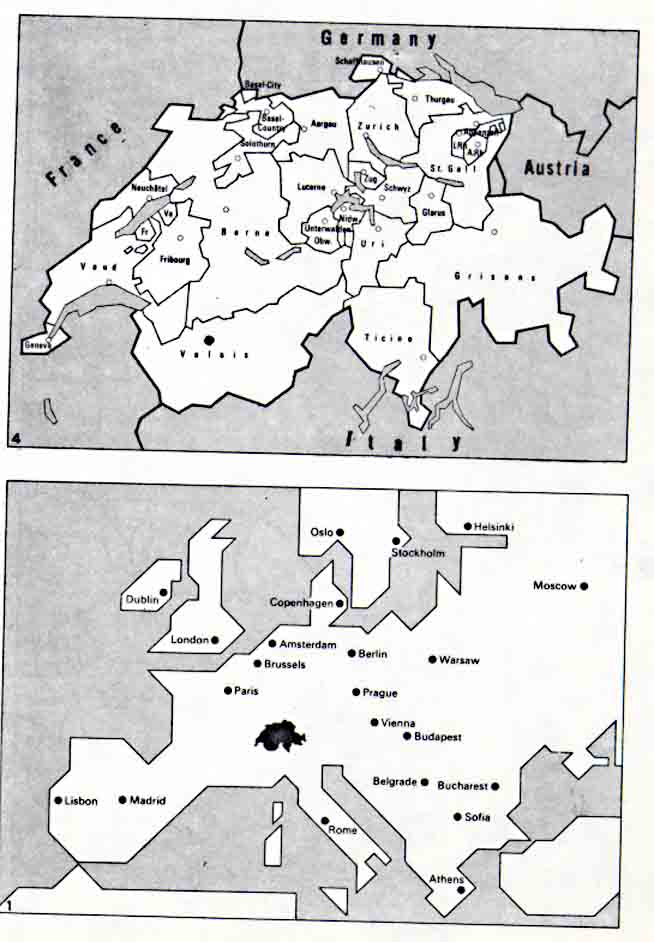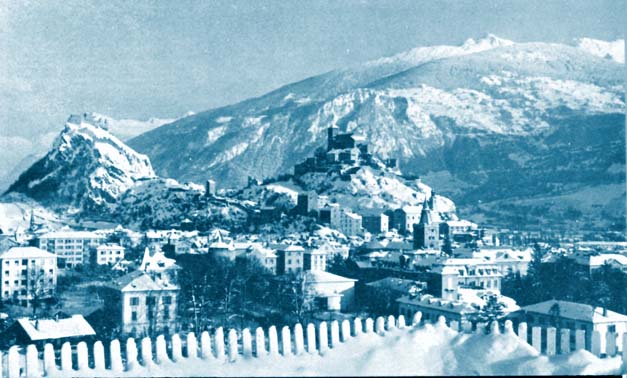THE UNIVERSITY CALENDAR
The University is open all the year around. There are no recesses, properly speaking. The Studios, the Central Library, the restaurants, and all services are available throughout the year, including holidays. Recesses are dealt with simply: Members stop making demands on each other at certain times. They try not to bother one another at certain times. At these times, no one is surprised to discover someone gone, regardless of his program.
The month of June is an open period. The first half of September is an open period. The month between the middle of December and January is an open period. The first half of April is an open period. All the rest of the year finds the University in full swing.
Before these open periods arrive, the University tries to anticipate travel arrangements and help economize on costs. That is the business of the travel office of the service organization that takes care of a number of facilities of the University. It also helps Members make the most economical and convenient arrangements for travel to carry out their projects, whether in open periods or during the ordinary periods when the University is fully working. For all travel purposes, the Member may use any travel credit he or she has accumulated.
THE TRAVEL CREDIT SYSTEM

The University believes that travel is part of the educational process. The first three months tuition ($1500) includes air fare by charter from New York City to Sion and back from Sion to New York, or $220 in travel allowances, whichever is less costly and preferable to the Member. The University will endeavor to arrange the charter flights or its equivalent. Nine month's tuition entitles a Member to the original round trip (or $220 credit), plus another travel credit of $220. This means that one can return to the USA for the winter holidays, or travel on a project elsewhere. If one does not use all the travel credit that has been accumulated by the time he leaves the University, he is refunded the balance. The nine-months' cycle repeats itself. The next three months in residence brings $220 of credit and an additional continuous six months adds another $220.
This two-phase travel credit cycle is pictured in the adjoining chart. From it can be calculated quickly what credit is owing one during any part of the nine-month period.
Moving along to the right on the horizontal axis to the time you have spent or will spend at the University, and then moving up vertically to the number of dolllars this time will provide, one can learn the amount of credit at his disposition. Thus, one month will provide $73.00; nine months will provide $440.00. The chart is based upon a unit of $220 because that is roughly the price of a round-trip charter, New York to Geneva.
For example, suppose Miss Swami, from Poughkeepsie, N.Y., will spend 36 months at the University. She can count on three round-trips to her home per year without paying more than her comprehensive fee for the year.
Or, to take another case, Mr. Pederson, who teaches woodworking at Missoula, Montana, finds that he has to pay his roundtrip (fare) to Kennedy Airport if he wants to spend only 3 months at the University in the Sculpture Studio and then return home.
The travel credit system works for Europeans, too. For them, there are special programs. For example, Mr. Champignon of Brussels discovers that he will get a $120.78 rebate if he spends two months at the Crime and Society Studio of the University writing a paper on the deficiencies of legal education in Europe, because he drives to Sion for $26.72 anci has a total credit of $146.00.
Some students may not return to the U.S. at all. For instance, Miss Calumet discovers that she doesn't want to go back to Illinois and uses her credit over four years to take her from Illinois to Switzerland, and thence to Rome, Stockholm, Moscow, Istanbul, Jerusalem, Bombay, Kuala Lunpur and finally New Zealand where she marries a cattle rancher and forms a commune. So, if a person just runs between Sion and Venice for three years and then leaves the University to become head of the project to keep Venice from sinking, she will get a cash refund of the travel credit.
Travel has been included in the comprehensive fee so that students will not incur extensive delays, and frequently disappointments, in arranging transoceanically for special trips here and there that are necessary to pursue their studies properly. But beyond this fact stands the initial advantage of conducting one's studies in related, yet distinctive, cultures, very near to a whole set of cultures that are of great importance in history and for the future; there is no substitute for travel in achieving this advantage .
SWITZERLAND

The University is really in its Members. Its location is a matter of fortune and choice. The government of the Canton of Valais and of the City of Sion granted permission to found the University on their territory; they have lent a location and buildings whose beauty and convenience are exceptional. The Valaisans have welcomed the University.
Other reasons explain the foundation of the University in Switzerland. It is a federal state with a history that refutes chauvinism and centralization. Its traditions of education and freedom are renowned. It is perfectly situated for visits into many countries. Its system of communications--telephone, post, railroads, air facilities--is among the world's best. Its sophistication in coping with problems of international finance and commerce is considerable.
Also, today, there is a special reason. The United States does not possess the reputation for friendly internationalism and hospitality to change that it once enjoyed among all nations. The University wishes to be universal. It comes largely from America but expects to be regarded as an objective instrument for d benevolent and beneficent new world. In time, it expects to replicate itself in the United States as well as other countries, but also to continue to stand in Switzerland.

Credits: Sculptures by Elisheva Velikovsky
Dance photo by Robert Sandoval
Costumed young woman by Benedikt Rast
Bulletin designed by A de G and composed,
printed and distributed by the first volunteers.